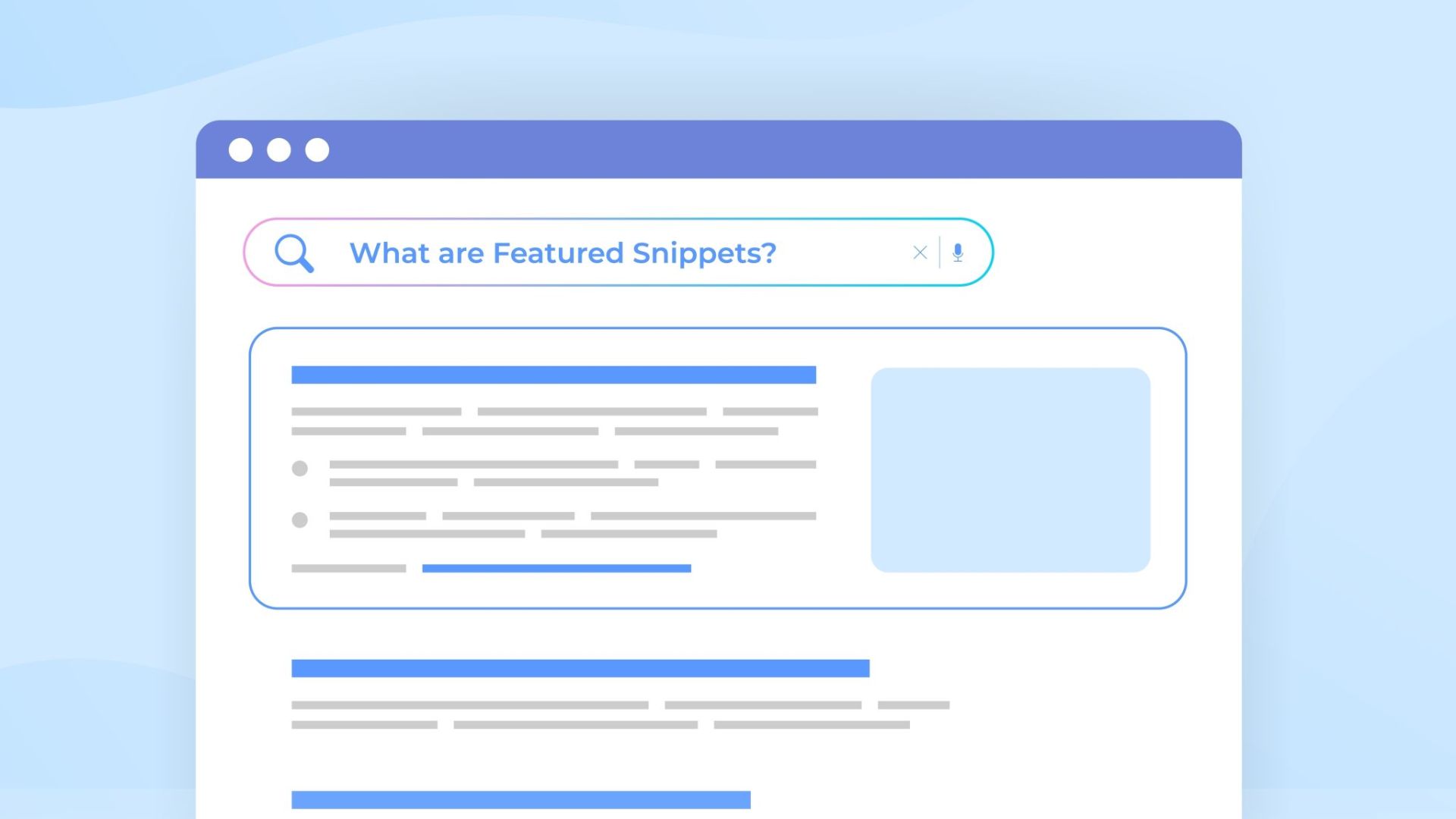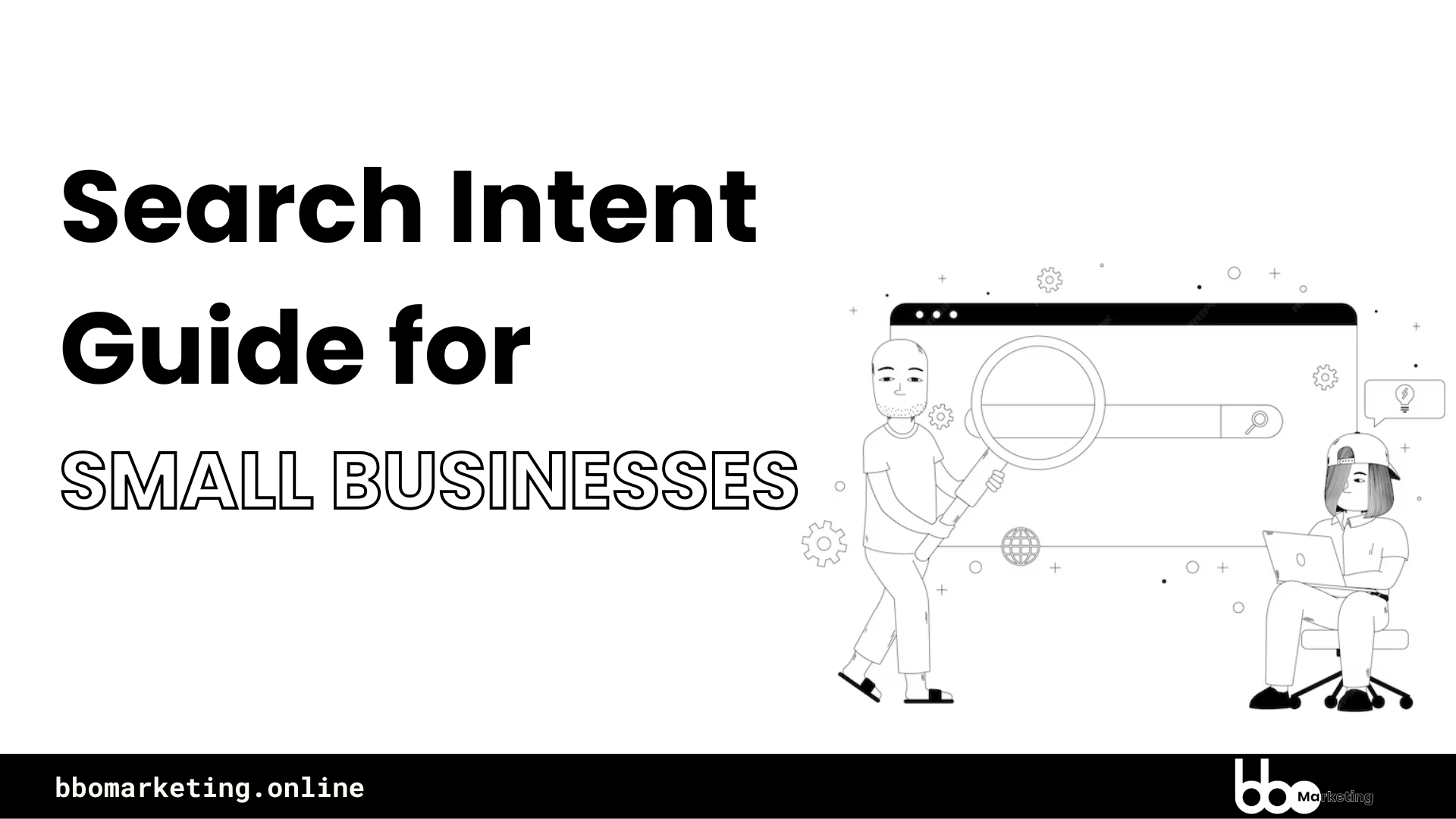
How to Optimize Featured Snippets for Small Business Websites?
Featured snippets are a golden opportunity in SEO for small business websites, often referred to as “position zero.” They appear above the first result on Google, drawing significant attention and traffic.
Achieving featured snippets is a key goal of SEO strategies and helps capture zero-click searches in the SERP.
In this article, we’ll explore how to identify featured snippet opportunities for small business websites using tools like SEMrush and Ahrefs, analyze competitors, and optimize your content to secure these snippets.
Contents
What are Featured Snippets?
Featured snippets are concise answers displayed at the top of Google’s search results. They provide direct answers to user queries and come in various formats, including paragraphs, lists, tables, and videos.
For example, entering the keyword “types of SEO” might generate a featured snippet summarizing the information. Featured snippets are highly valuable because they attract a significant click-through rate (CTR), often exceeding the CTR of the first organic result.
Types of Featured Snippets
- Paragraph Snippets:
- These are short text excerpts answering a question directly.
- Example: A definition of “dwell time” under an H2 heading followed by a concise explanation.
- List Snippets:
- These can be ordered (e.g., steps) or unordered (e.g., bullet points).
- Example: Google compiles a list from H2 and H3 headings spread across the page.
- Table Snippets:
- Structured tables displaying data effectively.
- Example: A table summarizing key metrics surrounded by relevant headings and descriptive text.
- Video Snippets (YouTube):
- These snippets highlight specific parts of a video.
- Optimization tips: Add captions and chapters to your video to help Google identify relevant sections.
Best Practices for Securing Featured Snippets for Small Business
- Content Structure:
- Use H2 or H3 headings to introduce key terms or questions.
- Provide concise answers (40–60 words) immediately after the heading.
- Focus on Formatting:
- For lists: Ensure proper hierarchy with H2 and H3 headings.
- For tables: Use HTML tables and surround them with relevant text for context.
- Competitor Analysis:
- Use tools like Ahrefs to check how competitors format their content.
- Identify what makes their content snippet-worthy and look for opportunities to improve upon it.
- Answer Targets or Snippet Bait:
- Strategically place well-formatted answers to potential queries throughout your content.
- Use neutral and objective language to appeal to Google’s preference for fact-based snippets.
How to Optimize Featured Snippets?
To optimize featured snippets for small business websites, prioritize content quality by creating valuable, engaging answers. Use clear headings, concise formatting, and tools like SEMrush to analyze competitors. Regularly update content to align with user intent and emerging trends.
That’s why many people refer to the featured snippet as ranking number zero because you’re actually above the number one result. The challenge is finding featured snippet opportunities at scale. And in this guide, we’re going to show you exactly how to find them by looking at your competitors’ sites and seeing which featured snippets they already rank for.
Step 1: Identify Featured Snippet Opportunities
Finding your competitors’ featured snippets is super easy using SEMrush and Ahrefs. This tools makes it really simple to zero in on finding them. Here’s how to do it:
1. Put in a competitor’s domain in the Organic Research section and wait for the report to load.
2. Scroll to the bottom of the report to find the Linking to Domain section.
3. Click on the Featured Snippet option.
This will show you all the keywords your competitors are ranking for where they hold the featured snippet position specifically.
Step 2: Analyze Competitor Strategies
Once you have this information, you can analyze why these competitors are ranking for featured snippets. For example:
1. Look at the pages they’ve optimized.
2. Understand how they structure their content.
Also See:
Analyze Search Intent
Step 3: Optimize Your Content
Key Tactics to Apply:
1. Rank on the First Page: If you’re already ranking somewhere on the first page for a specific keyword, you have a chance to secure the featured snippet position. Google typically won’t pull a page from the second or third page to feature in a snippet.
2. Structure Content Purposefully: Look at how competitors’ pages are structured. For example, in the case of the term “dwell time,” a page optimized for this query may:
1). Clearly address the query at the top of the page.
2). Use an H2 heading such as “What is dwell time?”
Provide a clear, objective, and concise answer immediately after the heading.
This purposeful structure helps Google understand exactly where the answer to the query is located on the page, making it more likely to feature the snippet.
Best Practices for Securing Featured Snippets
- Content Structure:
- Use H2 or H3 headings to introduce key terms or questions.
- Provide concise answers (40–60 words) immediately after the heading.
- Focus on Formatting:
- For lists: Ensure proper hierarchy with H2 and H3 headings.
- For tables: Use HTML tables and surround them with relevant text for context.
- Competitor Analysis:
- Use tools like Ahrefs to check how competitors format their content.
- Identify what makes their content snippet-worthy and look for opportunities to improve upon it.
- Answer Targets or Snippet Bait:
- Strategically place well-formatted answers to potential queries throughout your content.
- Use neutral and objective language to appeal to Google’s preference for fact-based snippets.
Using Ahrefs to Find Featured Snippet Opportunities for Small Business Websites
- Set Up Filters:
- Position: Pages ranking between positions 1–10.
- Volume: Keywords with at least 100 monthly searches.
- Featured Snippet: Ensure the keywords have an existing featured snippet on the results page.
- Analyze Results:
- Look for keywords where your competitor ranks below position one but still secures the featured snippet.
- Evaluate the content of the snippet and identify ways to improve your own.
Key Takeaways
- Content Quality Comes First: Prioritize creating valuable, engaging content that users want to read and share. Featured snippets are an added bonus, not the primary goal.
- Structure Matters: Use clear headings, concise answers, and proper formatting to make your content snippet-worthy.
- Leverage Tools: SEMrush and Ahrefs can help you uncover opportunities and analyze competitor strategies.
- Experiment and Optimize: Regularly update your content to reflect the latest trends and best practices.
Wrapping Up
Featured snippets are one of the best ways to get more traffic from Google because they allow you to rank above the number one result. By finding your competitors’ featured snippets and learning from their strategies, you can optimize your content to capture these valuable positions. Apply these steps to your small business website and start climbing to rank zero in the search results.
People also ask
1. What is the purpose of featured snippets?
Featured snippets aim to provide users with concise, direct answers to their queries at the top of the search engine results page (SERP), improving user experience and increasing visibility for websites.
2. What is the CTR for featured snippets?
Click-through rates (CTR) for featured snippets vary but are generally higher than other organic results because they occupy the top position and are visually distinct. Studies show they can capture 8-12% of clicks for competitive queries.
3. Do rich snippets improve SEO?
Yes, rich snippets enhance SEO by providing additional context, such as ratings, prices, and images, improving user engagement and click-through rates. They also make your listing more appealing in the SERPs.
4. How to create featured snippets?
To create featured snippets:
Identify snippet-worthy queries using tools like SEMrush or Ahrefs.
Write concise, well-structured answers.
Use headers, lists, and tables for clarity.
Focus on user intent and provide high-quality content.
5. What is an example of a featured snippet?
An example of a featured snippet could be:
“What is the capital of France? The capital of France is Paris.” displayed in a highlighted box at the top of the SERP.
6. What is a snippet example?
A snippet example could be a search result description, like:
“Best Italian Restaurants Near Me – Discover top-rated Italian restaurants nearby, menus, and reviews. Click to find your favorite!”
7. What are snippets in SEO?
Snippets in SEO are the descriptions displayed below the page title in search results. They provide a brief summary of the content on a webpage.
8. What are the benefits of featured snippets?
Increased visibility at the top of the SERP.
Higher click-through rates (CTR).
Improved credibility as a trusted information source.
Enhanced voice search compatibility.





